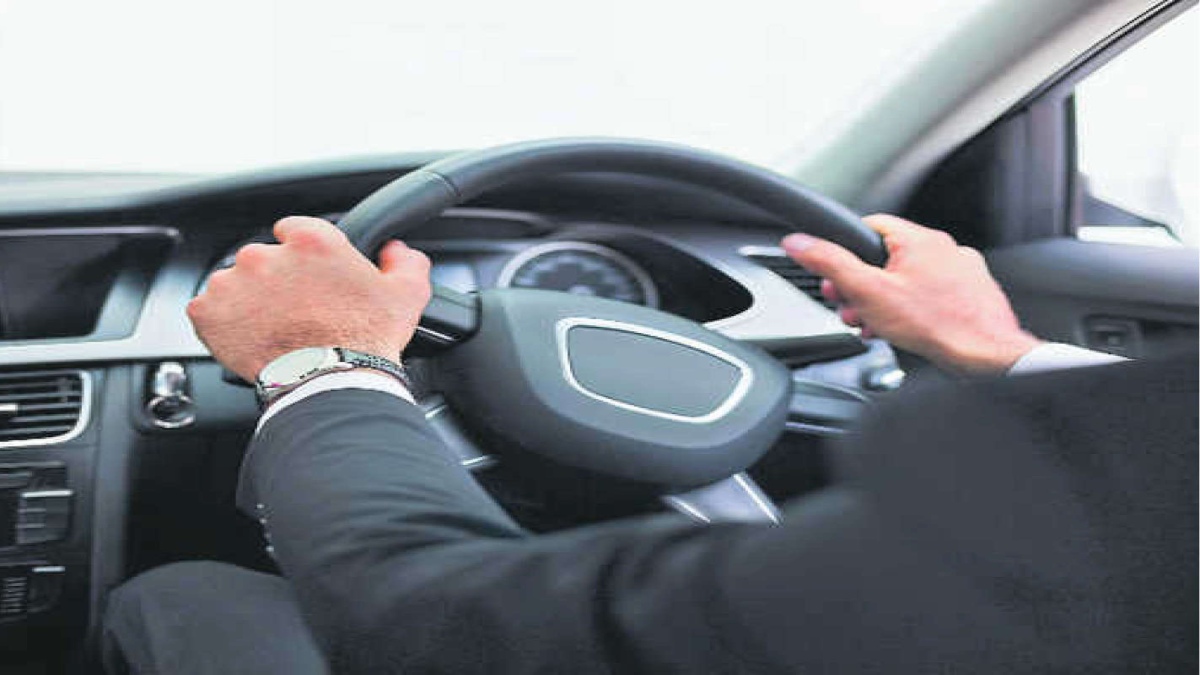


India is aging faster than expected. In fact, some states will start transitioning to an aging society as early as 2030. By 2041, senior citizens will represent 16% of the country’s population. India needs to prepare for this eventuality to ensure that citizens live a secure, dignified and active life in their later years.
Access to reliable personal transportation is an important factor in maintaining an active lifestyle. For senior citizens, this represents more than just a means to get from one place to another. It provides a sense of independence and agency. According to a study published in the Journal of the American Geriatrics Society, there was a 51% decrease in the size of social circles (including friends and relatives) once seniors stopped driving. Furthermore, older adults who no longer drove showed a decline in cognitive functioning and physical mobility up to 200% faster than elderly adults who still drove. The loss of driving privileges also has important economic implications ranging from increased transport expenditure to reduced earning opportunities. For India, these factors collectively represent a significant financial cost in the form of foregone productivity and elder care.
In spite of the above factors, the fact remains that driving ability gets compromised with age. Therefore, it is important to negotiate a balance between independence and safety wisely. Getting seniors to surrender their keys is a common approach adopted by families. However, this may not be the best strategy and certainly isn’t the only option available. Adapted vehicles are an underexplored but promising alternative in this direction.
An adapted vehicle is just like a regular vehicle with the exception that it is customised to meet the unique needs of its users. The adaptations can be as simple as a convex mirror to improve the range of sight. These mirrors can assist seniors living with arthritis to monitor their surroundings without turning their necks. On the other hand, it can be as complex as modifying a vehicle such that all controls are hand-operated. This may be useful for someone with limited motor function in the lower limbs. Yet another example could be the use of side wheels on a two-wheeler to assist in maintaining balance. Newer technologies such as blind spot vehicle detection and augmented reality solutions provide additional support to the drivers. These and other similar vehicle adaptations can empower an individual to overcome age induced limitations or disabilities and drive confidently and safely.
The global market for adapted vehicles is expected to reach a staggering $6.3 billion by 2027 at a CAGR of 11.7%. The Asia Pacific region is poised to register the fastest growth over the forecast period. India with its large population of 104+ million senior citizens (Census 2011) and an ambition to become a global automotive hub can benefit from a focus on adapted vehicles for local and global use. Similarly, as India transitions to electric vehicles, there is an opportunity to ensure that indigenously designed electric vehicles (EVs) can easily incorporate various adaptations, thus extending their use case.
In order to make adapted vehicles widely available for India and the world, the country needs to develop a supporting infrastructure. As a first step, the government should issue standards for vehicle modification and testing. Further, automobile companies should be encouraged to take up R&D to develop indigenous adapted vehicle products. There needs to be a mutually reinforcing ecosystem of driver rehabilitation specialists, vehicle and automotive equipment manufacturers, fabricators and driving schools in the country. Additionally, senior citizens and their families need to be sensitised about the benefits of adapted vehicles to stimulate local demand.
Safe and reliable transportation empowers an individual to live life fully and benefit from the myriad opportunities on offer. It is an important factor for independent living and good mental health. 2020 has taught a lesson in creating sustainable, resilient and self-reliant systems which extend to personal transportation. As older drivers continue to be active behind the wheel for more years, steps need to be taken to ensure that personal transportation remains accessible and inclusive for this community. At the same time, there is a need to ensure that neither the older drivers nor the people around are exposed to avoidable risks on the street. Adapted vehicles can be an important tool which can help in achieving these goals. In 2021, “the year of the great reset”, let us grab the opportunity towards kick-starting a mobility ecosystem which is safe, accessible and inclusive for India’s more than 104 million senior citizens and the millions of others around the world.
The writer is Associate Director, Ola Mobility Institute, and leads the Accessibility & Inclusion track.